The early days of World War Two (WW2).
I have commented before about how well off we are for aviation museums.
The major ones being The Imperial War Museum (IWMD) at Duxford. The Royal Air Force Museum at Hendon (RAFH). and the Royal Air Force Museum at Cosford (RAFC).
They are supported by many smaller museums such as the East Midlands Aviation Museum at the East Midlands Airport (See my Blog dated 17th of December 2013) and the Newark Aviation Museum in Lincolnshire.
There are of course many others all of whom strive in their own way to preserve some of our aviation heritage.
N4877 (Subsequently G-AMDA).
An Avro 625A Anson 1 built by Avro in Manchester in 1938.
It served with a variety of Royal air Force (RAF) units during ‘WW2’ before being sold onto the civilian register in 1950.
Later working for ‘Derby Aviation’ as a survey aircraft before joining the ‘Skyfame’ museum at Staverton.
With the closure of ‘Skyfame’ in 1978, the aircraft came to ‘IWMD’ by whom it was overhauled between 2000 and 2003.
V9673
A Westland Lysander 3A (subsequently G-LIZY).
Painted in a ‘night finish’ scheme with green and grey topsides with black underneath to represent an aircraft of the ‘RAF’s 161 Squadron.
N6635
A De Havilland DH82A Tiger Moth painted in the colours of the’ RAF’s No. 22 Elementary Flying Training School.
NF370
A Fairey Swordfish 3 built by Blackburn Aircraft in 1944.
It seems strange to me that partially wooden biplanes were still being built for combat use so late in the war. Originally serving with the Fleet Air Arm (FAA) it was transferred to the ‘RAF’s 119 Squadron.
Stored for many years at the ‘IWM’s facility at Lambeth, it came to Duxford in 1986 for restoration and subsequent display.
JV579 (subsequently G-RUMW).
C/N 5765 A Grumman FM-1 Wildcat in the colours of No. 846 Naval Air Squadron ‘FAA’.
The FM-1 denotes a General Motors Corporation built aircraft that was delivered to the United States Navy as BuAer No. 86711in 1945.
After being kept in various location and museums in the United States, it came to the UK in 1993 for use by
‘The Fighter Collection’ (TFC).
This particular aircraft is not the original JV579 but one painted to represent it .
H75-C1 No. 82
A Curtiss Hawk model 75 classified as the P-36 in the United States Army Air Force numbering system.
100 were bought by the French Air Force prior to WW2 and they saw combat in the early days of the war.
Total deliveries to the French were 316 aircraft before France the German occupation.
Some captured examples were used by Germany’s allies and it is unusual that the Hawk fought on both sides.
No. 82 has been restored to flying condition as is owned by ‘TFC’.
N5903 (subsequently G-GLAD).
A Gloster Gladiator 2. Another machine owned by ‘TFC’.
Built in 1939 it initially served with No. 141 Squadron ‘RAF’ and then moved on to a succession of maintenance and training units.
The subsequent history is both interesting and complicated and I would suggest that anyone wishing to enquire further refers to ‘The Fighter Collection’s website.
Suffice to say it arrived with ‘TFC’ in 1994 and has since then been restored to flying condition.
N3200
A Supermarine Spitfire 1A.
Built in 1939 by ‘Vickers Armstrong (Supermarine) Ltd. at Southampton entering front line service with ‘RAF’s No.19 Squadron in early 1940 at Duxford.
On 27th, May 1940 it was shot down and crash landed on the beach near Sangatte in France. The pilot Squadron Leader Geoffrey Stephenson was eventually captured and spent sometime in Colditz Castle as a POW.
The remains of the aircraft were recovered from the beach in 1986 and the aircraft was returned to the UK to be restored by ‘Historic Flying Ltd’.
A television feature about its restoration was produced by Channel 4 and the two daughters of Squadron Leader Stephenson were invited to watch as their fathers former aircraft took to the skies once more on March 26th. 2014.
P9374
Another Supermarine Spitfire. A Mark 1.
Delivered from the factory in March 1940 to No. 92 Squadron ‘RAF’ at Duxford.
It flew a number of training sorties with various pilots until the squadron was declared combat ready on the 23rd. of May.
The following day in the late afternoon, flown by Flying Officer Peter Cazenove it was shot down it is believed by the airgunners of German Dornier 17 bombers.
The aircraft was seen to crash on a beach. Cazenove survived and joined up with a British Army regiment defending Calais. When the town was captured, he was taken prisoner and spent the rest of the war as a POW.
The aircraft was seen as being lost to the sea but in 1980 due to very strong tides it was found washed up on a beach near Calais.
The remains of the wreck were taken to the Musee de L’Air in Paris from where an American billionaire, Mr. Tom Kaplan bought it.
Returned to Duxford, the aircraft was rebuilt to flying condition by the ‘Aircraft Restoration Company’ at a cost estimated by
Mr. Kaplan to be ’many millions’.
Peter Cazenove died a few days before the aircraft’s story became public. He never knew its story.
HG691 (subsequently G-AIYR).
It is perhaps hard to believe in these days of Jumbo Jets and the like that this fragile looking, fixed undercarriage, biplane 9 seater was ever an airliner, but it was.
The de Havilland DH89A Dragon Rapide designed in 1930’s and was widely used by civil airlines in the mid to late years of the decade.
At the start of 'WW2' many were impressed into the ‘RAF’ as the DH Dominie and in addition a further 500 plus were built to serve in the transport, liason and training roles. The final tally was 731 aircraft built.
This particular aircraft was built by Brush Coachworks of Loughborough better known for bus and tram bodywork building and first flew in 1943.
After serving in the ‘RAF’ it was sold on to the civilian register in 1946.
Now restored to its ‘RAF’ livery it performs pleasure flights from Duxford for a company called ’Classic Wings’.

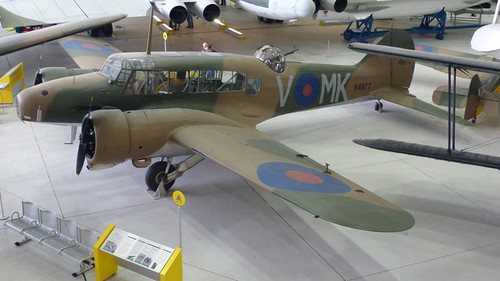
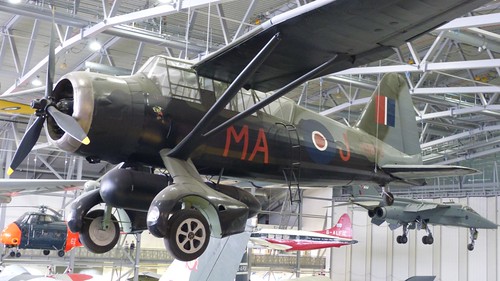
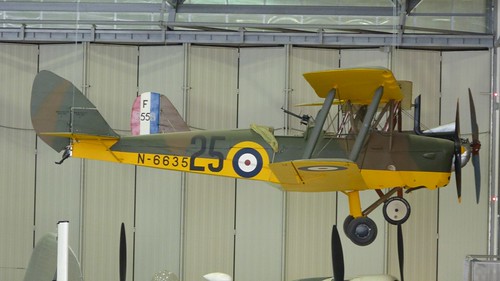

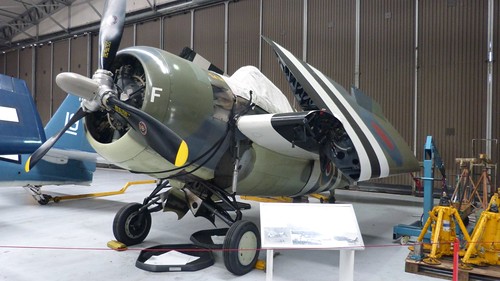
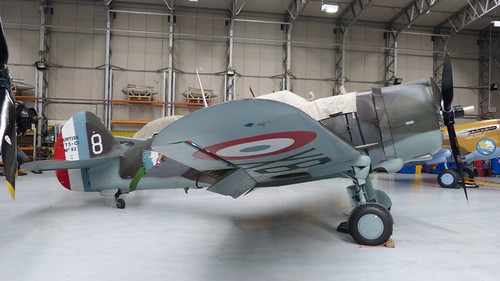
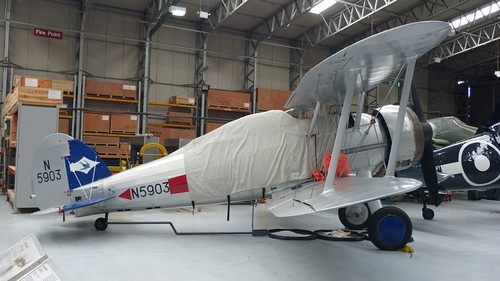
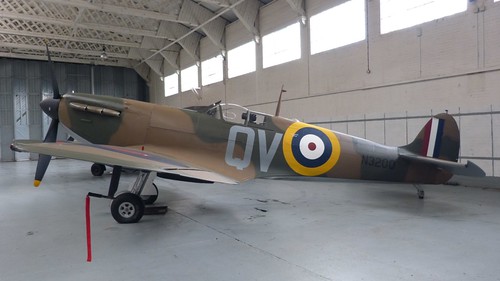
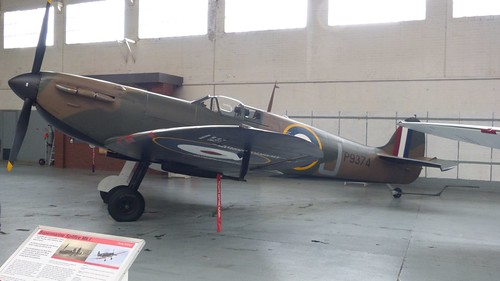

No comments:
Post a Comment